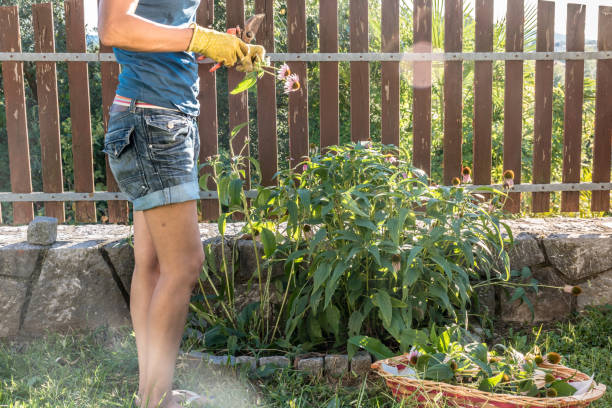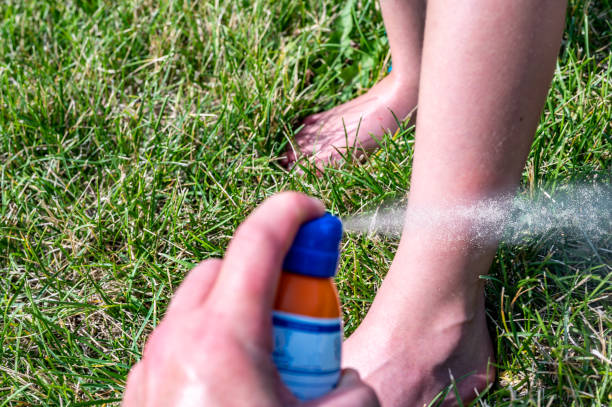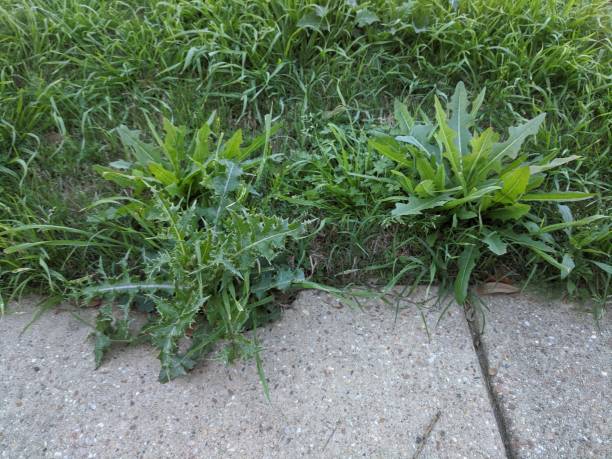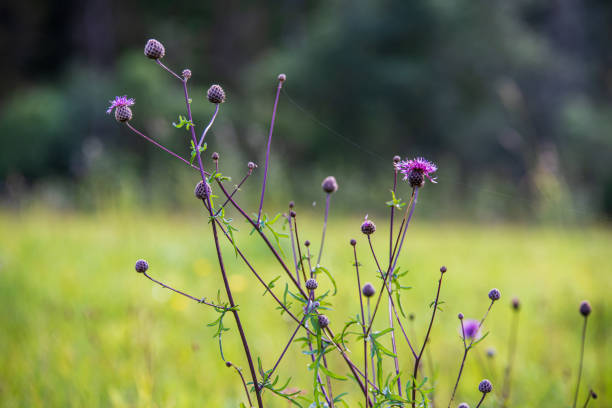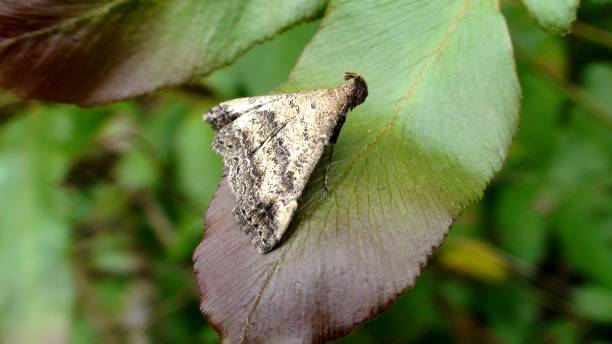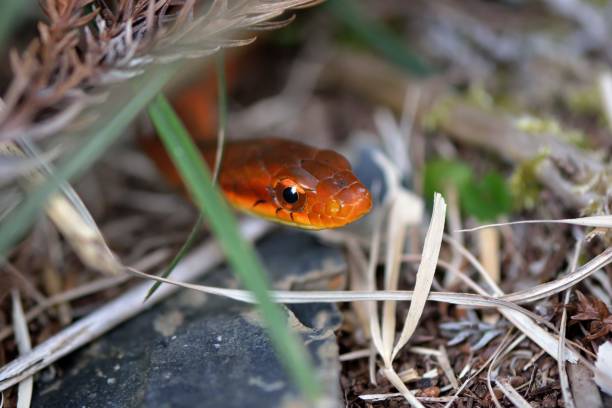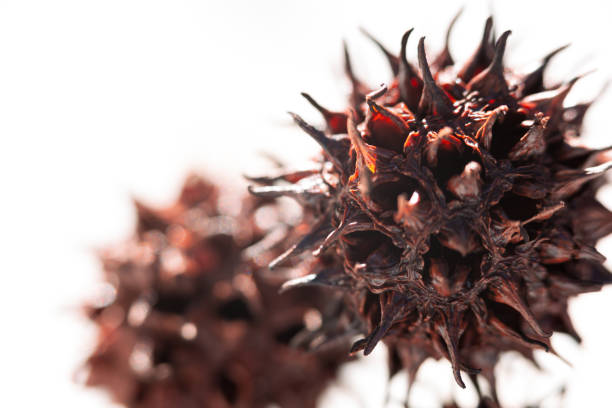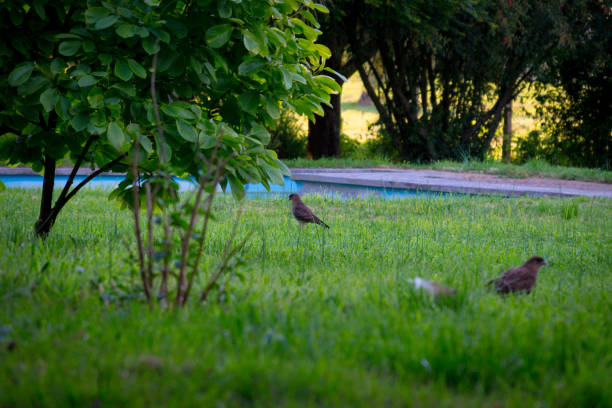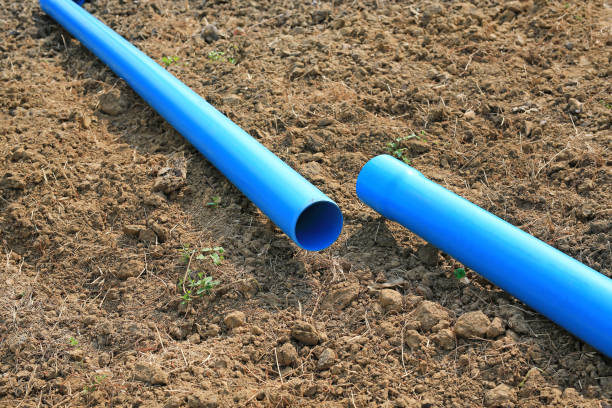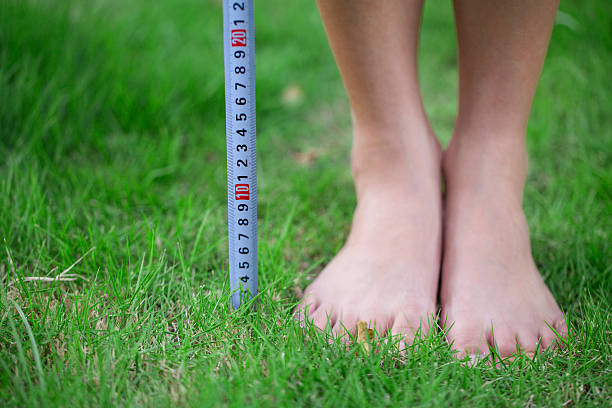How to Get Rid of Goat heads in Your Yard
This post contains affiliate links. This means I will make a commission at no extra cost to you should you click through and make a purchase. Read the full disclosure here.
If you’re tired of constantly battling with goat heads in your yard, you’re not alone. These prickly weeds can be a nuisance, causing painful encounters and damaging the aesthetics of your outdoor space. Fortunately, there are several effective methods to get rid of goat heads and reclaim your yard. In this article, we will explore different approaches, from preventive measures to natural and chemical control methods, to help you tackle the goat head problem head-on.
What are Goat heads?
Goatheads, also known as puncturevine or Tribulus Terrestris, are invasive weeds commonly found in yards, gardens, and other open spaces. They are notorious for their sharp, spiky seeds that resemble small goat heads or thorns. These seeds have a remarkable ability to puncture tires, footwear, and even skin, causing pain and inconvenience.
The Problem
Goatheads can quickly take over your yard if left unchecked. Their seeds can remain viable in the soil for several years, making them persistent and difficult to eliminate. The prickly nature of goathead plants also poses a threat to pets and children who may accidentally step on or brush against them.
Understanding the Impact
Before diving into the solutions, it’s essential to understand the impact goat heads can have on your yard and overall environment. Goatheads can outcompete native plants, reducing biodiversity and altering the natural balance of ecosystems. Additionally, they can hinder agricultural productivity and negatively impact recreational areas.
Identification
To effectively combat goat heads, you must be able to identify them accurately. Goathead plants typically have prostrate stems covered in small, fern-like leaflets. They produce yellow flowers that develop into spiky seed heads. These seeds are the primary culprits behind the goat head problem.
Environmental Factors
Goatheads thrive in sunny, well-drained soil, making arid and semi-arid regions particularly vulnerable to their invasion. Factors such as poor soil health, lack of proper irrigation, and high foot traffic can also contribute to the spread of goat heads. Identifying and addressing these environmental factors is crucial for successful long-term management.
Preventive Measures
Prevention is key when it comes to dealing with goat heads. Here are some preventive measures you can take to reduce the likelihood of their establishment and spread:
- Regular Maintenance: Keep your yard well-maintained by mowing the lawn regularly and removing any weeds, including goat heads.
- Mulching: Apply a layer of organic mulch around plants and in bare areas to suppress goat head growth and prevent seed germination.
- Healthy Soil: Improve soil health by adding organic matter and ensuring proper drainage. Healthy soil promotes strong, competitive plants that can resist goat head invasion.
- Barrier Methods: Install physical barriers like weed fabric or geotextile beneath gravel pathways or in areas prone to goat heads. These barriers prevent the weed’s roots from establishing.
Natural Remedies
If you prefer natural alternatives, there are several methods to control goat heads without resorting to chemicals. Here are a few natural remedies to consider:
- Hand Pulling: Wear gloves and carefully hand-pull goat head plants before they flower and set seeds. Dispose of the plants in sealed bags to prevent seed dispersal.
- Vinegar Solution: Mix vinegar with water and a small amount of dish soap. Spray this solution directly on goat head plants, focusing on the foliage. Vinegar acts as a natural herbicide, effectively killing the weeds.
- Boiling Water: Pouring boiling water over goat head plants can scald and kill them. This method is best used on isolated patches or in areas where other plants won’t be affected.
Chemical Control
In severe infestations or cases where other methods haven’t provided satisfactory results, chemical control may be necessary. Here are some commonly used herbicides for goat head control:
- Selective Herbicides: Selective herbicides specifically target goat heads without harming desirable plants. Consult a professional or read product labels for appropriate application instructions.
- Non-Selective Herbicides: Non-selective herbicides kill all vegetation they come into contact with. These should be used cautiously, as they can harm desirable plants if not applied carefully.
Physical Removal
If goat heads have already spread extensively, physical removal methods can help reduce their impact. Consider the following approaches:
- Bagging Seeds: Use a lawn sweeper, rake, or similar tools to collect goat head seed heads before they fall to the ground. Dispose of the collected seeds in sealed bags to prevent germination.
- Solarization: Cover areas infested with goat heads with clear plastic sheets, effectively creating a greenhouse effect. The heat generated by the sun will kill the weeds and their seeds.
Dealing with Infestations
If your yard is heavily infested with goat heads, a more comprehensive approach may be necessary. Consider the following steps:
- Soil Sterilization: In severe cases, soil sterilization using heat or chemicals can effectively eliminate goat heads and their seeds. Consult with professionals for guidance on appropriate sterilization methods.
- Professional Assistance: If your efforts haven’t yielded satisfactory results, consider seeking help from professional weed control services. They have the expertise and tools to handle severe infestations effectively.
Maintenance Tips
Maintaining a goat head-free yard requires ongoing effort and diligence. Here are some maintenance tips to help you keep your yard free from goat heads:
- Regular Inspections: Conduct regular inspections to identify any new goat head plants before they produce seeds. Remove them promptly.
- Proper Watering: Ensure proper irrigation practices, providing enough water for your desired plants while avoiding overwatering, which can favor goat head growth.
- Healthy Turf: Encourage a healthy turf by aerating, fertilizing, and overseeding as needed. A dense and healthy lawn can outcompete goat heads.
- Educate Neighbors: Collaborate with your neighbors to address the goat head problem collectively. Shared efforts can yield better results.
Conclusion
Goatheads can be a persistent and frustrating problem in your yard, but with the right strategies, you can regain control. Remember, prevention is the best defense against goat heads, so take proactive measures to reduce their establishment. If they have already invaded, utilize natural remedies, chemical control, or physical removal methods. Maintain your yard diligently to keep goat heads at bay and consult professionals if needed. With patience and persistence, you can achieve a goat head-free yard.
FAQs
Are goat heads poisonous?
No, goat heads are not poisonous, but their spiky seeds can cause irritation and pain when they come into contact with skin.
Can goat heads damage tires?
Yes, the sharp spikes of goat head seeds can puncture and damage tires, so it’s important to keep them away from pathways and driveways.
Are goat heads difficult to control?
Goatheads can be challenging to control due to their persistent seeds. However, with consistent effort and the right methods, you can effectively manage them.
Can goats eat goat head plants?
While goats can consume goat head plants, it’s not recommended as the seeds can pass through their digestive system and spread elsewhere.
Can I use herbicides on goat heads in my vegetable garden?
It’s essential to use herbicides labeled for use in vegetable gardens, following the instructions carefully. However, consider natural and manual control methods if possible to avoid chemical exposure in edible areas.


